Lotrioara “Broken Tower” Ruins
Here was the border between Transylvania(north) and Walachia/Romania(south).
***
THE `ASTRA` MUSEUM OF TRADITIONAL FOLK CIVILIZATION – or THE OPEN AIR MUSEUM
Situated in the natural reservation of Dumbrava Sibiului, the Open Air Museum spreads across a 96 ha area of which an area of 40 ha is covered by the permanent exhibition which is the largest open air ethnographic exhibition in Europe. Inaugurated in 1963 under the name of the Museum of Folk Technics, the museum currently has over 400 monuments of folk architecture and technique as well as an impressive collection of
ethnographic heritage objects. The collection of mills, the wooden churches, and the traditional homesteads are very popular and very much appreciated. The museum is divided in 6 thematic sectors, 36 thematic groups and subgroups. The exceptional natural landscape makes the open air museum adequate during both summer and winter, for educational visits, relaxing walks, drives by carriage, sleigh or sailing, according to
everyone`s taste.
***
The Zoological Garden in Sibiu
***
Sibiu (German: Hermannstadt, Hungarian: Nagyszeben) - Medieval Festival
Is a city in Transylvania, located some 282 km north-west of Bucharest, the city straddles the Cibin River, a tributary of the river Olt. Nowadays the capital of Sibiu County, between 1692 and 1791 and 1849-1865 Sibiu was the capital of the Principality of Transylvania. Sibiu is one of the most important cultural centres of Romania and, in tandem with the city of Luxembourg, it was designated a European Capital of Culture for the year 2007.



















































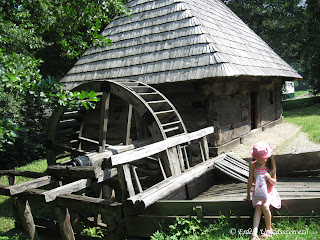






















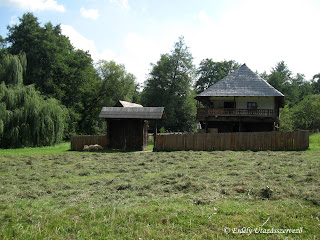












































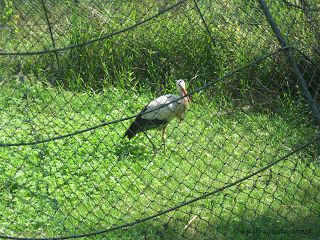



































































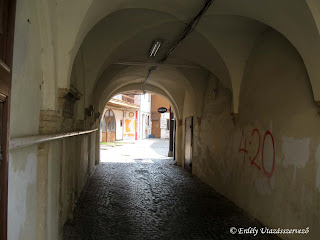












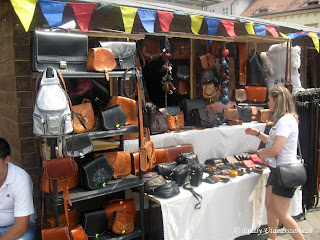


































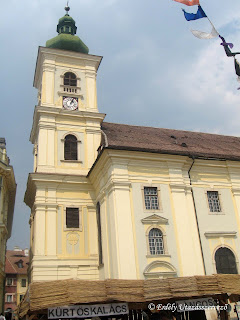





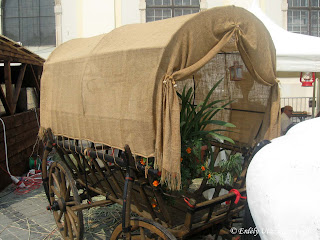





































No comments:
Post a Comment